This article was co-authored by Laura Marusinec, MD and by wikiHow staff writer, Hannah Madden. Dr. Marusinec is a board certified Pediatrician at the Children's Hospital of Wisconsin, where she is on the Clinical Practice Council. She received her M.D. from the Medical College of Wisconsin School of Medicine in 1995 and completed her residency at the Medical College of Wisconsin in Pediatrics in 1998. She is a member of the American Medical Writers Association and the Society for Pediatric Urgent Care.
There are 12 references cited in this article, which can be found at the bottom of the page.
wikiHow marks an article as reader-approved once it receives enough positive feedback. In this case, 100% of readers who voted found the article helpful, earning it our reader-approved status.
This article has been viewed 1,403,528 times.
Can’t stop itching? Irritation, redness, and a rash are all symptoms of scabies, a common skin condition that affects people around the globe. Differentiating a scabies rash from other skin problems can be a little confusing, since there is some overlap with other common conditions. That’s why in this article, we’ll tell you what to watch for in a scabies rash, as well as other symptoms associated with this infestation. And if you do have scabies, rest assured that we’ll also tell you about the diagnosis, treatment, and prevention processes so you can get better fast.
Things You Should Know
- Look for a bumpy, scaly red rash that forms a solid line. The bumps might look like hives or pimples.
- Watch for other symptoms of scabies, like intense itching, sores, and crusts on the skin.
- Make an appointment with your doctor to diagnose and treat scabies. Anti-itch creams and medications can help alleviate the symptoms.
- Avoid getting scabies again by staying away from people who are actively infected.
Steps
Warnings
- Call your doctor if your rash does not improve within 2 to 3 weeks, gets noticeably worse, comes back after treatment, or seems to be infected (increased redness, swelling, or presence of pus).⧼thumbs_response⧽
- Ivermectin is commonly cited as a treatment for scabies. However, it has not been approved by the Food and Drug Administration (FDA).[17]⧼thumbs_response⧽
- There is no over the counter treatment for scabies. If you believe you have scabies, make an appointment with your doctor right away.⧼thumbs_response⧽
References
- ↑ https://my.clevelandclinic.org/health/diseases/4567-scabies
- ↑ https://www.health.state.mn.us/diseases/pests/scabiesbasics.html
- ↑ https://www.nhsinform.scot/illnesses-and-conditions/skin-hair-and-nails/scabies
- ↑ https://rarediseases.info.nih.gov/diseases/12151/crusted-scabies
- ↑ https://www.health.state.mn.us/diseases/pests/scabiesbasics.html
- ↑ http://www.ncbi.nlm.nih.gov/pmc/articles/PMC3222761/
- ↑ http://www.nlm.nih.gov/medlineplus/eczema.html
- ↑ http://www.mayoclinic.org/diseases-conditions/folliculitis/basics/definition/con-20025909
- ↑ http://www.mayoclinic.org/diseases-conditions/psoriasis/basics/definition/con-20030838
- ↑ https://www.health.state.mn.us/diseases/pests/scabiesbasics.html
- ↑ https://www.mayoclinic.org/drugs-supplements/crotamiton-topical-route/proper-use/drg-20063161
- ↑ https://www.accessdata.fda.gov/drugsatfda_docs/label/2003/006309lotionlbl.pdf
- ↑ https://www.health.state.mn.us/diseases/pests/scabiesbasics.html
- ↑ https://my.clevelandclinic.org/health/diseases/4567-scabies
- ↑ https://www.cdc.gov/parasites/scabies/prevent.html
- ↑ https://my.clevelandclinic.org/health/diseases/4567-scabies
- ↑ https://www.aafp.org/pubs/afp/issues/2003/0915/p1089.html
About This Article
To recognize a scabies rash, look out for intense itchiness on your skin, especially at night. Additionally, watch for a rash that is pimple-like with swelling and redness on the hands, elbows, or buttocks. You should also note the appearance of burrows, which look like reddish-white thin lines on your skin. If you notice any skin sores or crusted skin, call your doctor right away, since you may have a bacterial infection that requires a prescription antibiotic. For more advice from our Medical co-author on how to get a scabies diagnosis, keep reading!
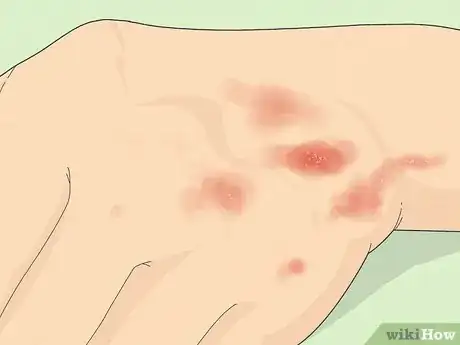
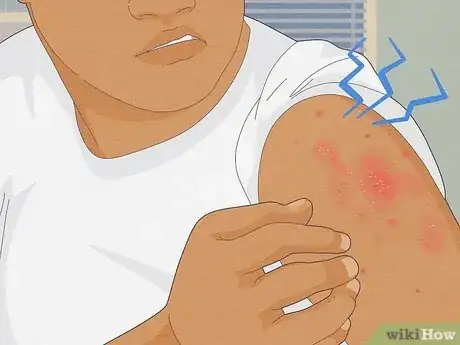
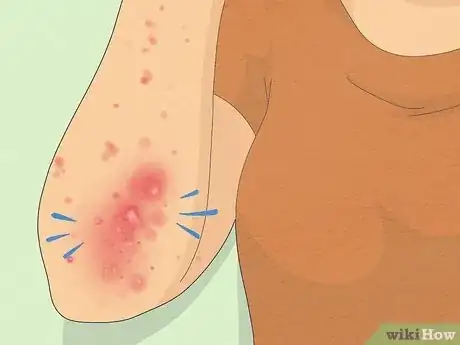
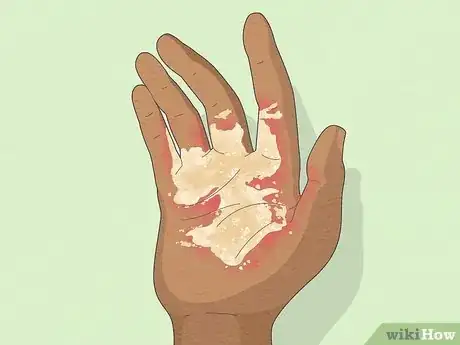
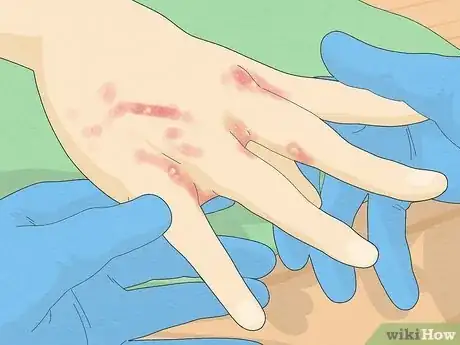
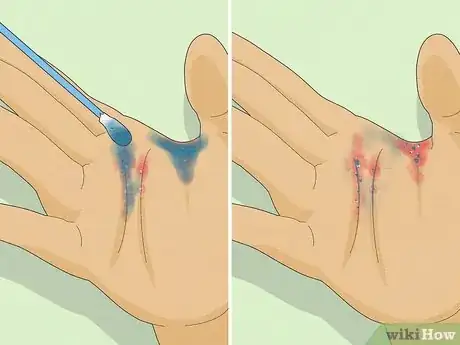
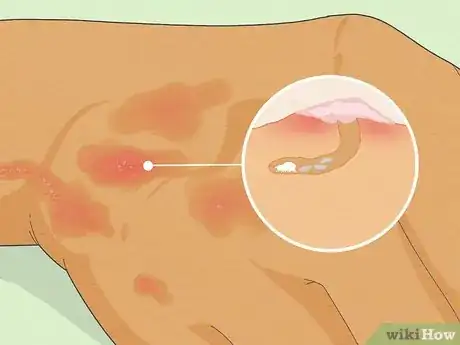


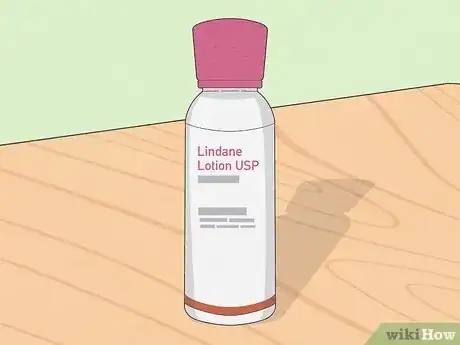
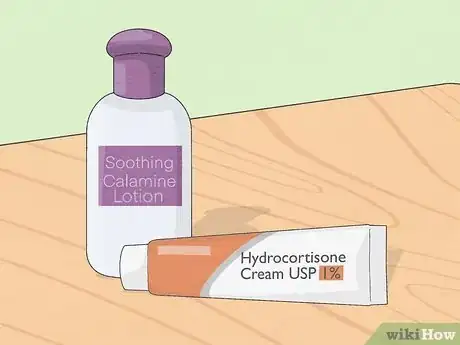




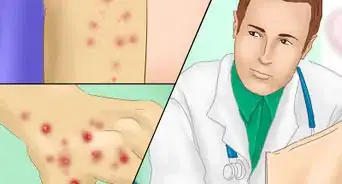
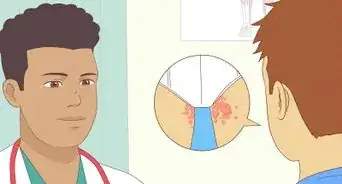










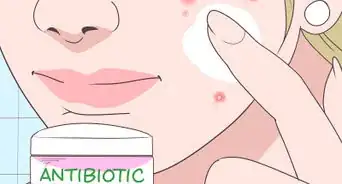










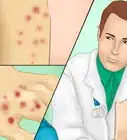





































Medical Disclaimer
The content of this article is not intended to be a substitute for professional medical advice, examination, diagnosis, or treatment. You should always contact your doctor or other qualified healthcare professional before starting, changing, or stopping any kind of health treatment.
Read More...